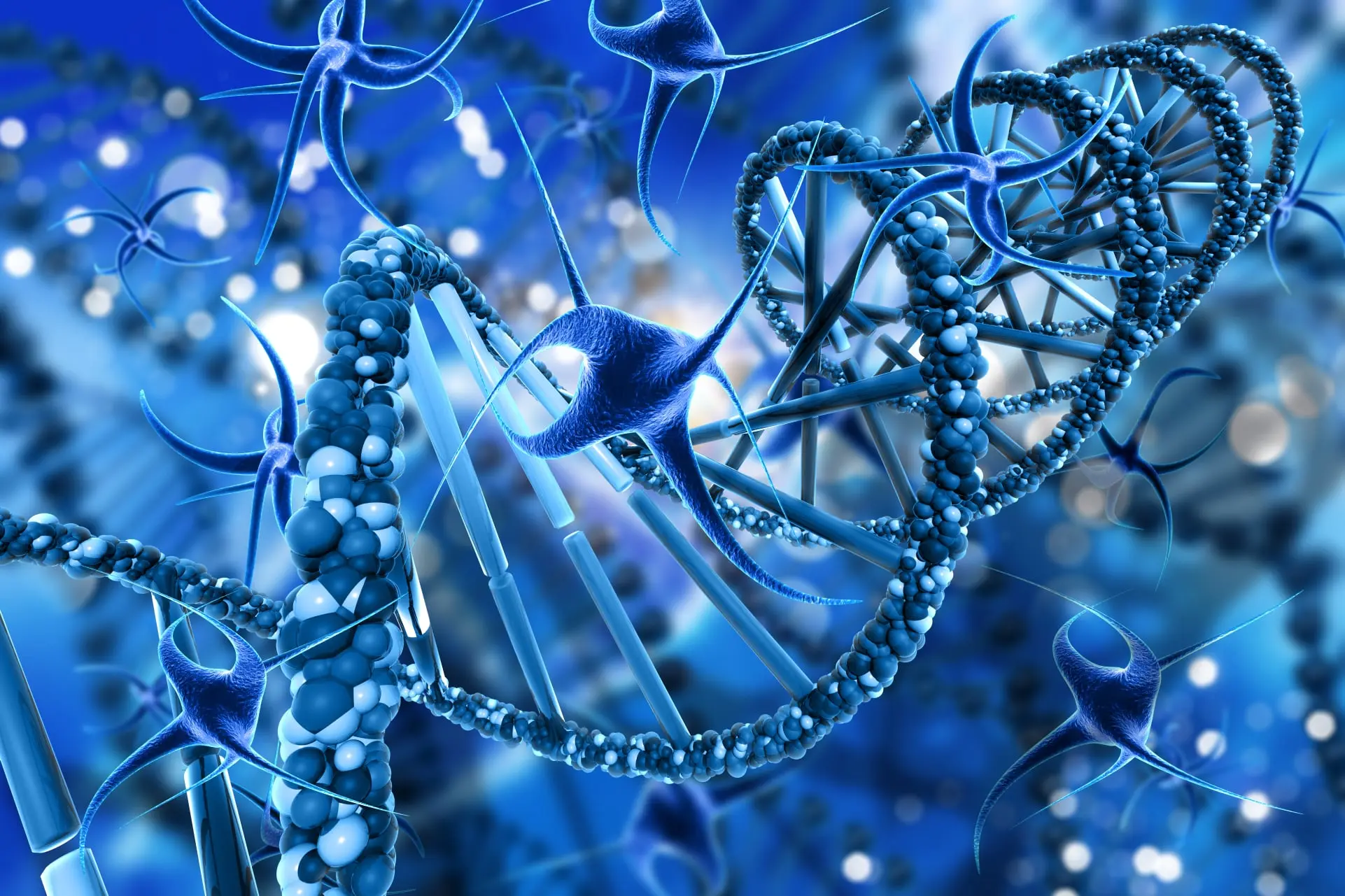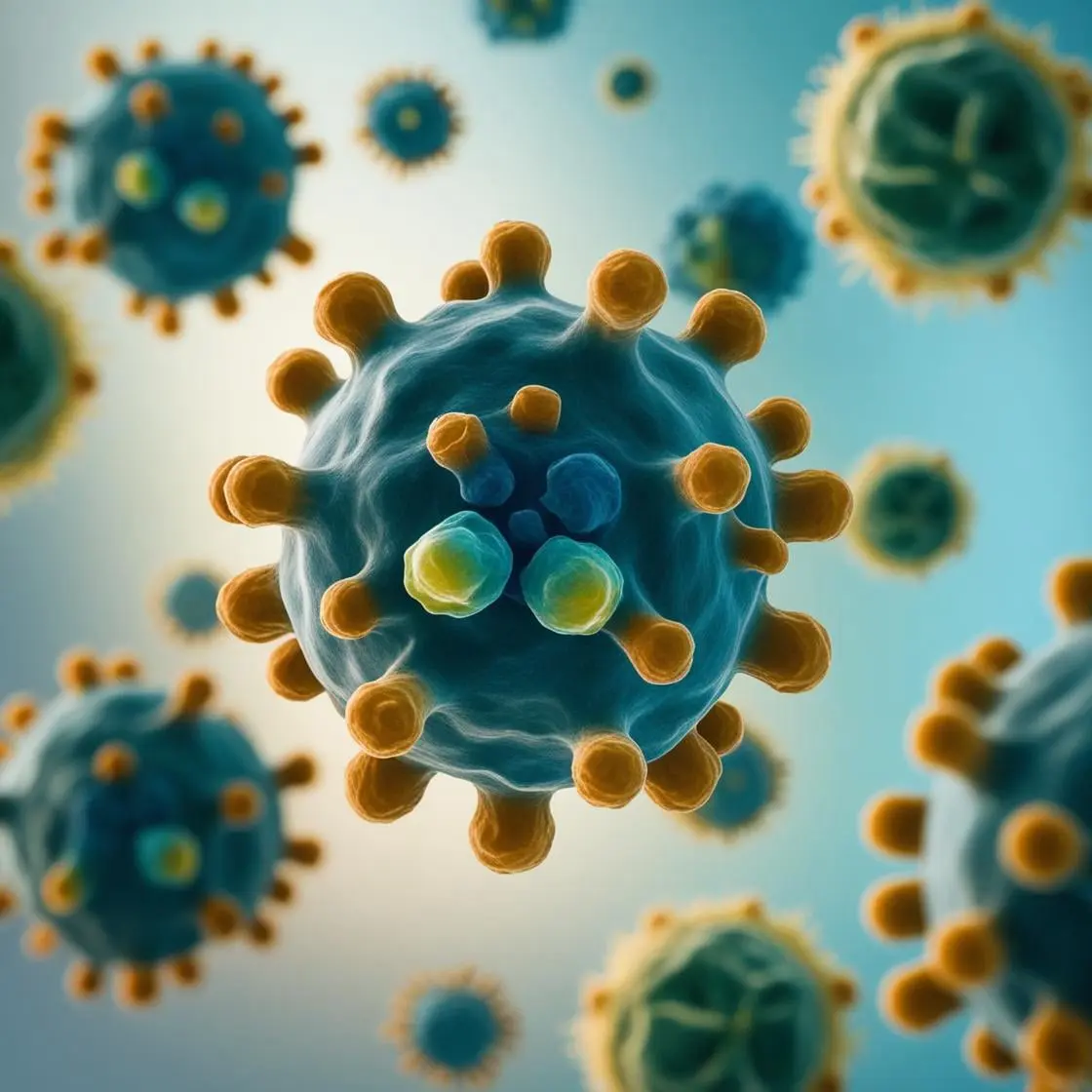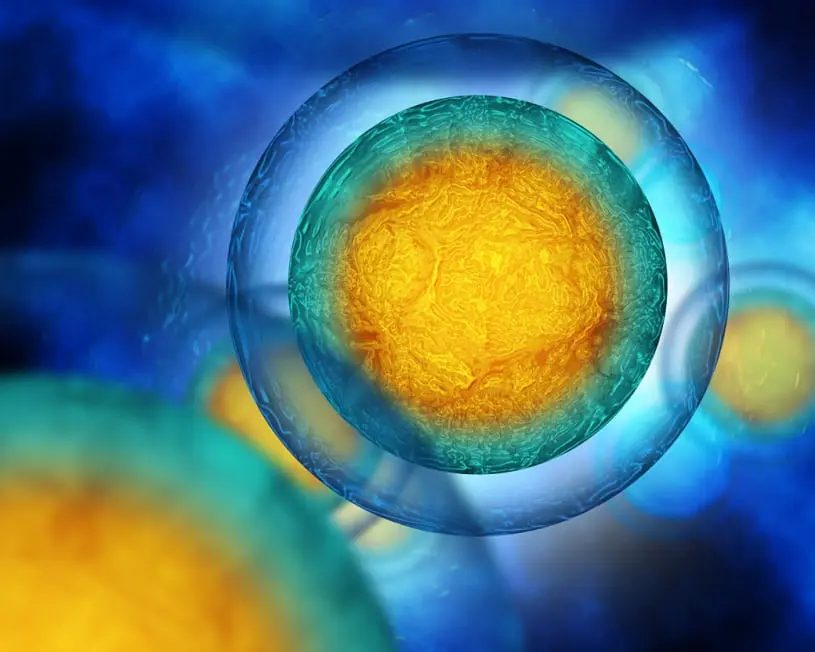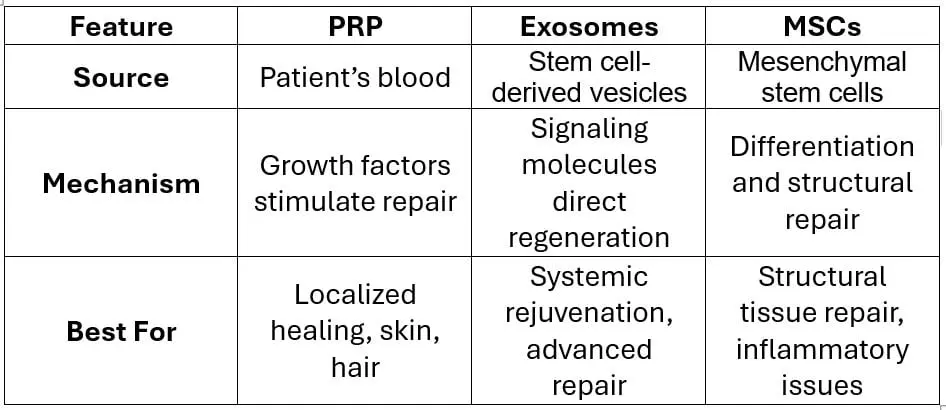Platelet-Rich Plasma (PRP)
Platelet-Rich Plasma (PRP) therapy is an innovative, natural treatment that uses growth factors from blood to accelerate healing in injured tissues. PRP is traditionally created by drawing blood from the patient, then processing it to concentrate the platelets—cells that release growth factors essential for healing. However, a patient’s PRP is only as healthy as the patient themselves. Optimized platelet and growth factor rich solutions are now available and injected directly into the area needing repair, such as tendons, ligaments, muscles, or joints.
PRP therapy is widely used for sports injuries, arthritis, chronic pain, and even skin rejuvenation, as it promotes tissue regeneration, reduces inflammation, and improves function without the need for surgery or medication. Safe and minimally invasive, PRP harnesses the body’s own healing abilities, offering a powerful option for those looking to recover faster and more naturally.



